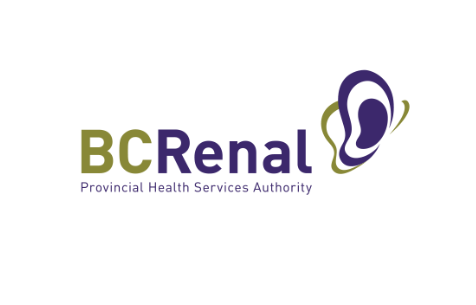Green+Leaders Aaron M. Tejani from the Langley Fulfilment Centre, Isla Drummond from Lions Gate Hospital, and Deborah Heidary from Surrey Memorial Hospital are not just optimizing the distribution and clinical use of medications, they are formulating tactics for reducing medication waste. As part of the Medication Use Evaluation team at Lower Mainland Pharmacy Services, they’ve embraced Planetary Health as a new area of their practice.
“On a daily basis, we see a great deal of pharmaceutical waste, which is sent for incineration. Most of this is perfectly good medication that is being discarded, and it really bothered all of us that this is happening,” says Aaron.
The trio’s shared passion for sustainability is fueled by their awareness of the health-care system’s responsibility for 4.6% of Canada’s greenhouse gas emissions. All three have found inspiration in their colleague Gigi Wong’s research into the environmental consequences of pharmaceuticals. In 2023, they took on the environmental footprint of MDIs – also known as metered dose inhalers.
MDIs (e.g. salbutamol, ipratropium,) — criticized for their environmental impact due to the use of hydrofluoroalkane (HFA) propellants, potent greenhouse gases — can have a carbon footprint equivalent to several hundred kilograms of carbon dioxide (CO2). Many inhalers within the hospital system are only partially used before patients are discharged, leading to unnecessary waste. Misplaced or lost inhalers need to be replaced, adding their hefty environmental impact.
Approaching the issue with a multifaceted strategy, Aaron, Isla, and Deborah started their work by creating process maps to identify areas contributing to inhaler waste. Insights from nurses, pharmacy technicians, and other frontline professionals were pivotal in identifying challenges and opportunities. “We learned valuable lessons about the factors that contribute to waste — many of which we were not aware of,“ Aaron admits.
They discovered that Automated Dispensing Cabinets (ADCs) were dispensing multiple identical MDIs for a single patient or hospital visit, often because the inhalers were not labelled and unlabelled inhalers need to be discarded.
Collaborating with IT, they automated label printing when inhalers are removed from the cabinet, to reduce a work-step for nursing and encourage all inhalers to be labelled at the point of removal from the cabinet. They also removed non-rescue inhalers (e.g. salmeterol-fluticasone) from ADCs, which are now dispensed from the pharmacy as labelled items. This intervention has led to a reduction in unnecessary inhaler waste, reduced expenditures, all while maintaining patient’s access to the inhalers they need.
Aaron, Isla, and Deborah also worked to update the provincial hospital formulary (a list of medications deemed safe, effective, and cost-effective) to include more environmentally friendly options for inhaled drug classes.
As a result of their work, “there is a growing awareness of medication waste in our hospital system,” the pharmacists say. As the pharmacists’ understanding deepened, so did their commitment, spurring the team to envision an education campaign on inhaler labelling, safekeeping, and environmental impact.
“Our motivation is to try and identify and promote meaningful change within our workplaces, so that we can start to create a movement within pharmacy and health care to reduce waste,” Aaron shares. “We can see that younger generations are very scared of climate change, and that systemic change is not happening fast enough to protect their future.” By involving UBC Pharmacy students in their projects, Aaron, Isla, and Deborah have empowered future pharmacists to carry a Planetary Health lens forward in their careers and demonstrated that embracing sustainability as a core value is a strategic asset for the times ahead.








